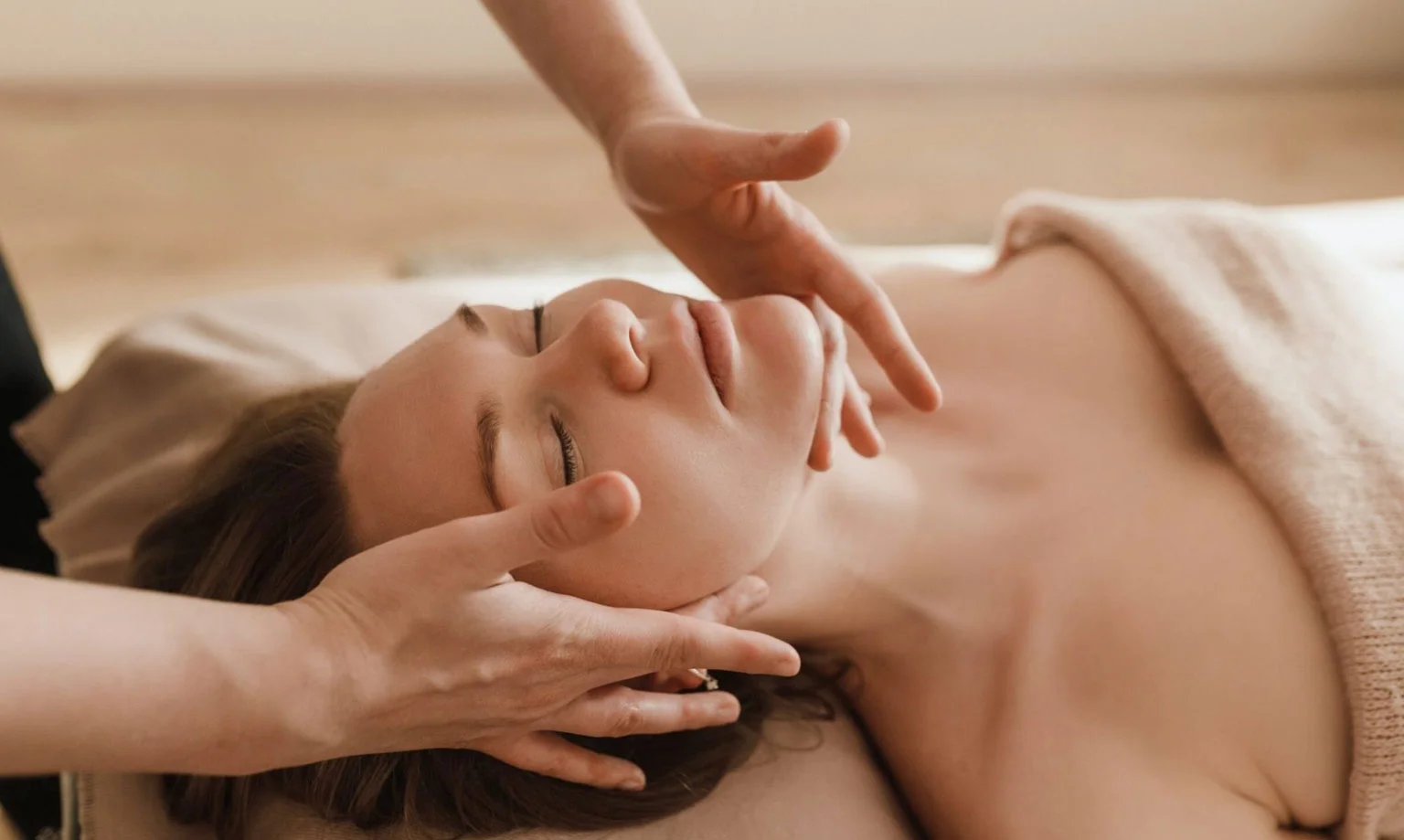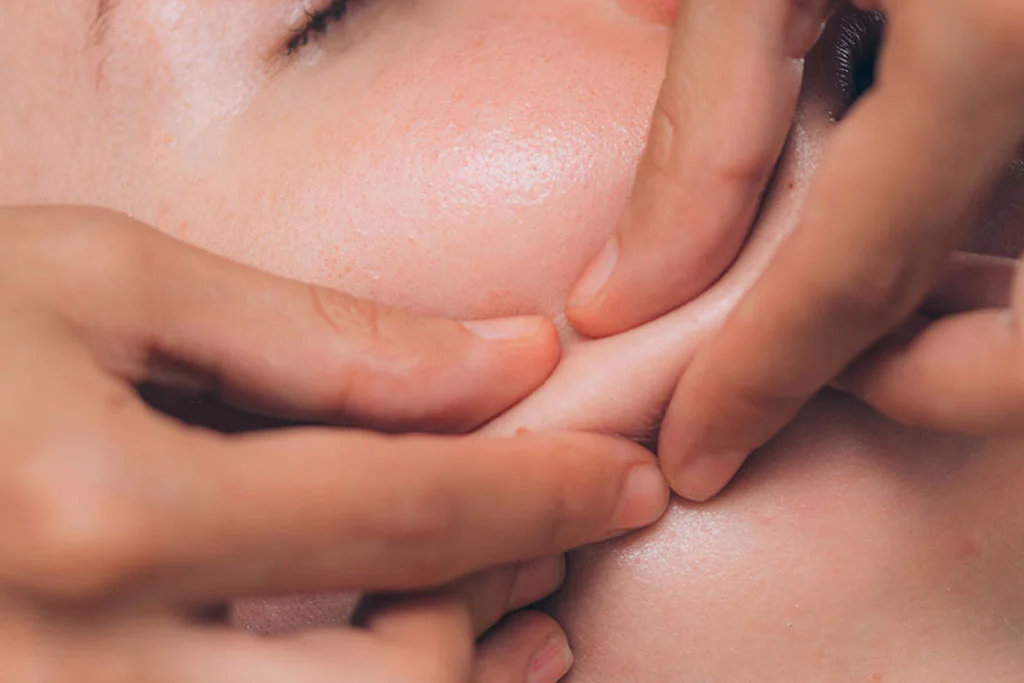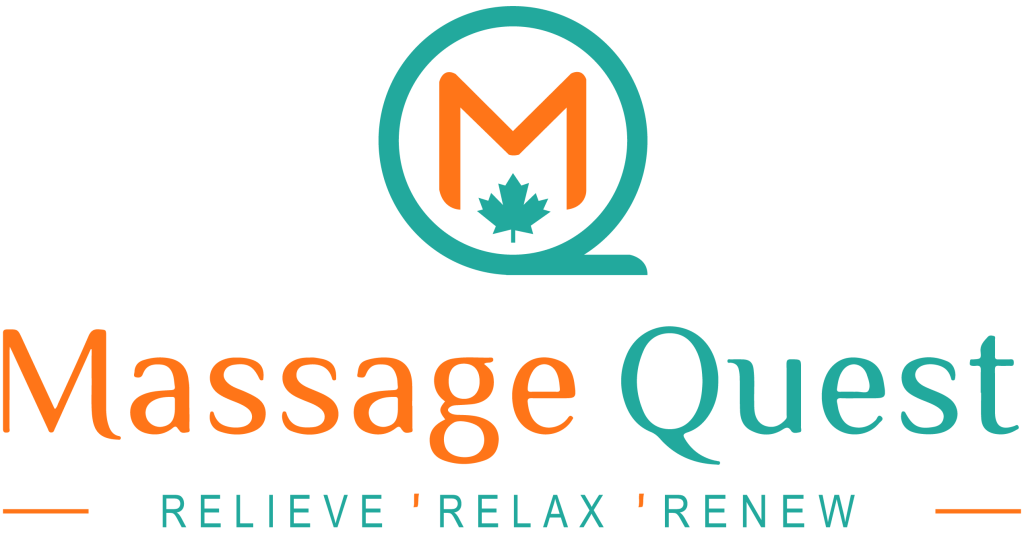Best TMJ Massage Therapy in Edmonton
A TMJ massage is a targeted massage that’s designed to alleviate symptoms of TMJ disorder, which affects the temporomandibular joints in the jaw. Your temporomandibular (TMJ) joints are located just under your ears and connect your jawbone with your skull. If misaligned, the TMJ muscles can affect the way you chew and have a knock-on effect on your neck, shoulders, face, and teeth, causing pain and discomfort.
TMJ dysfunction is where you feel pain or tension in your lower jaw and in the muscles around the TMJ joint. Sometimes, you may hear a clicking sound when you chew, or you might not be able to open your mouth as wide as you usually would. Pain can crop up in your jaw, neck, scalp, and shoulders, and you may experience headaches or feel dizzy.
TMJ disorder can be caused by one or several factors, including genetics, arthritis, injury, or teeth clenching or grinding.

TMJ dysfunction is unpleasant to live with. It can leave you tense and in pain, and may lead to a lower quality of life overall. Massage can help ease muscle pain, tension and discomfort, leaving you feeling happier and less stressed.
TMJ massage may focus on a number of different areas of the body, such as the spine, scalp, shoulders, and pelvis. It uses trigger points on your face and neck, and other areas, to bring relief from pain and tension and help you open your mouth properly.


To perform a TMJ massage, your therapist will employ a number of different massage techniques such as kneading, friction, and stretching.
With kneading, the therapist rolls, lifts, squeezes, and twists muscles between their fingers. Friction massage consists of applying various amounts of pressure from the pads of thumbs or fingers to rub an area, usually at a 90° angle to the muscle fibers. With stretching, your practitioner lengthens your muscles by moving and spreading the skin with different parts of their hands, such as fingers or palms.

